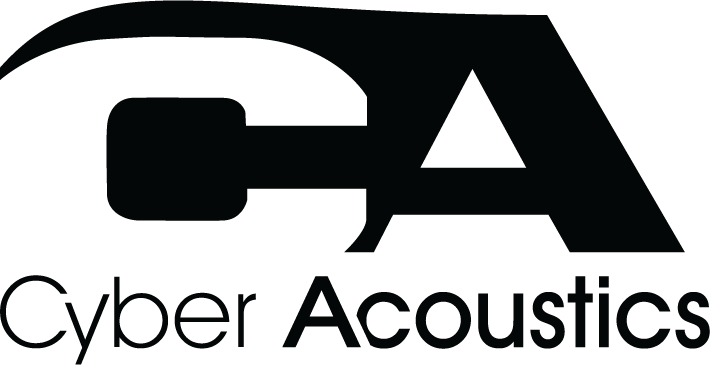Best Ways to Reduce Background Noise on Work Calls
Few things derail a call faster than background noise. Whether you're working from home, in an open office, or managing a team in a call center, it can make communication harder than it needs to be. Before we talk about how to fix it, let's take a closer look at what kinds of background noise are out there and why some are harder to deal with than others.
Understanding Background Noise on Calls
- Steady or constant noise – This includes things like air conditioners, fans, or traffic outside. Sometimes we tune out these droning sounds because we hear them all day, but these noises can be heard on the other end of the call. Since these sounds have a consistent pattern, many headsets with noise filters can cancel them out pretty effectively.
- Sudden or sharp sounds – These are unpredictable noises like keyboard typing, door slams, someone dropping something, or even a rooster crowing. Since they happen without warning and change quickly, they are harder for most systems to block.
- Other voices nearby – When people around you are talking, especially if they are close to your mic, it can confuse the software that is trying to focus on your voice. Background conversations often end up bleeding into your call.
- Everyday sounds at home or in the office – Dogs barking, kids yelling, printers, coffee machines, and microwave beeps all fall into this category. These sounds vary a lot in tone and timing, so they can slip through even with decent noise cancellation.
How does your room setup effect sound? - Where you sit makes a difference. Working near windows, hard floors, or bare walls can cause sound to bounce and echo, making even small background noises more noticeable on a call. Rooms with carpeting, curtains, soft furniture, or acoustic panels help absorb sound instead of reflecting it. If your space sounds harsh or hollow, the room may be part of the problem. This is true even with a good headset.
What background sounds tend to break through the most? - The most common offenders are other people talking, sudden loud sounds like dogs barking, coughing or laughing, and noises that echo in larger rooms. Anything that sounds similar to a human voice tends to be especially difficult for microphones to filter out.
How Headset Microphone Noise Cancellation Works
Once you understand the types of background noise, it helps to know how different headset microphones try to block or reduce it. Not all noise cancellation is created equal. Some headsets use basic filters, while others rely on advanced processing or even artificial intelligence to clean up your audio. Here are the main approaches:
Directional Noise Cancellation – Directional microphones are designed to focus on the sound coming from directly in front of your mouth while reducing sound from other directions. This helps block out surrounding noise and improves clarity without relying on digital processing. Directional mic design is especially useful in busy environments or open offices where people may be talking nearby.
Active Noise Cancellation (ANC) – ANC reduces the noise you hear. ANC uses your microphone to pick up background sound and then plays the opposite sound wave into your ears to cancel it out. This is most effective for low, steady noise like air conditioners, airplane engines, or road noise. ANC is used to help you hear better, not to improve how others hear you.
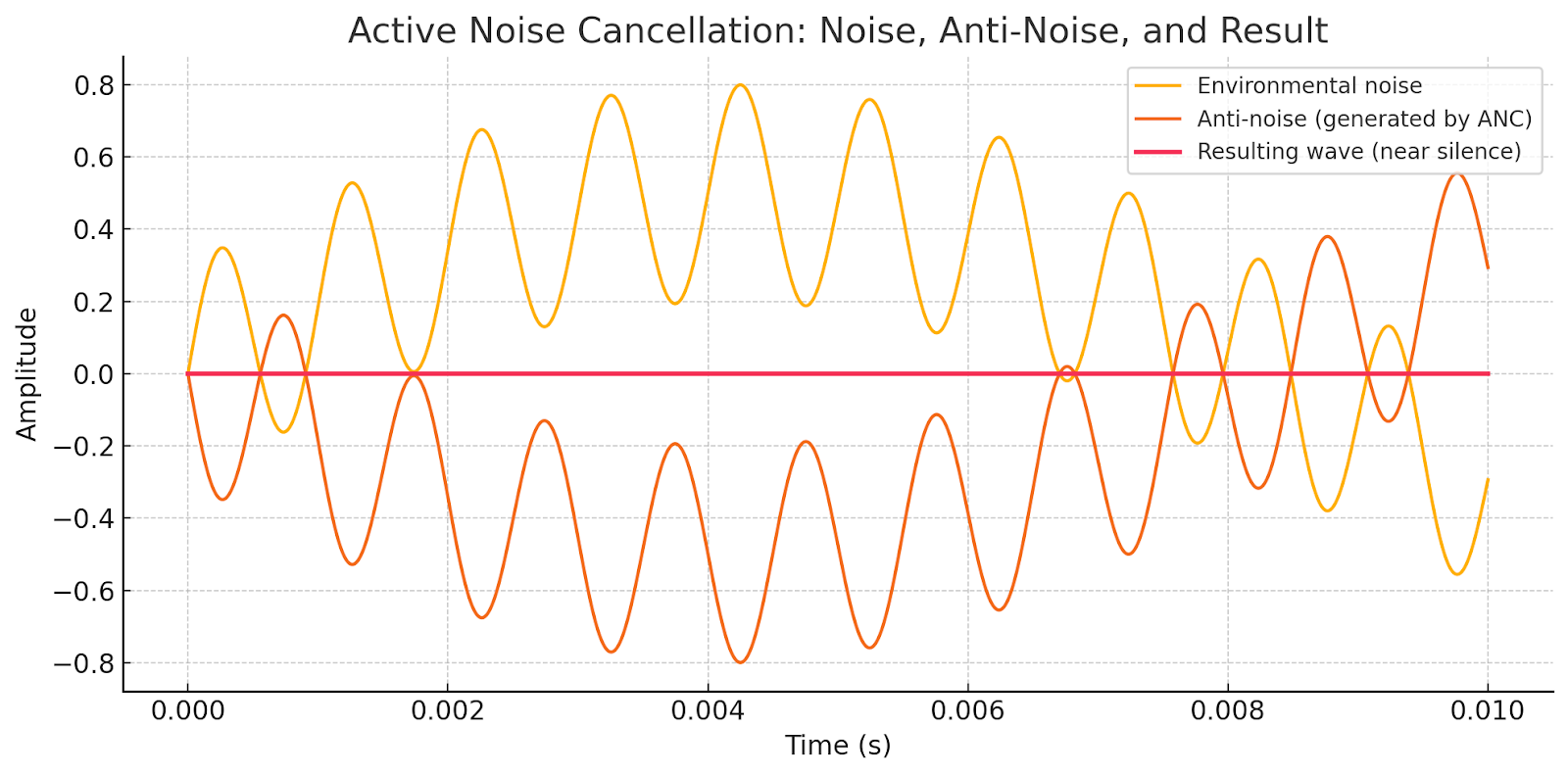
Environmental Noise Cancellation (ENC) – ENC focuses on what other people hear. Traditionally, ENC headsets use dual microphones to separate your voice from the noise around you. The system filters out anything that doesn’t match the sound profile of your voice. This is especially helpful in call centers, where background chatter or keyboard clicks can be a constant problem.

AI-Powered Noise Cancellation – Some newer headsets use artificial intelligence to take things further. These systems are trained to recognize patterns in human speech and can adapt in real time to remove a wide range of background noises, even trickier ones like crying babies, sudden appliance beeps or people talking nearby.

Comparing Noise Cancellation Technologies
| Feature | ENC (Environmental Noise Cancellation) | ANC (Active Noise Cancellation) | AI Noise Cancellation (Cyber Acoustics) |
|---|---|---|---|
| What it targets | Mic input (filters what others hear) | Speaker output (reduces what you hear) | Mic input (filters what others hear) |
| How it works | Uses dual mics to isolate your voice and reduce ambient sounds | Uses phase-inverted signals to cancel out external noise | Uses AI trained to recognize your voice and suppress other sounds |
| Overlapping noise | Struggles with overlapping voices or sudden sounds | Not applicable | Handles voices and unpredictable noise very well |
| Voice quality | Can sound robotic in some cases | Not applicable | Natural and clear, even in noisy spaces |
| Best for | Quiet rooms or consistent background noise | Travel, commuting, or blocking ambient noise | Busy environments, call centers, hybrid work |
How to Reduce Background Noise on Your Calls

Set Up Your Space – Try to take calls in a quieter room. Close windows and doors to block outside sounds. Stay away from noisy appliances like fans, air purifiers, or coffee machines. If your space has hard floors or bare walls, add rugs, curtains, or even furniture to help absorb sound and reduce echo.
Use the Correct Mic Position – Make sure your mic is two finger widths from your mouth but slightly off to the side. This helps your voice sound clear while making it harder for background noise to get picked up.
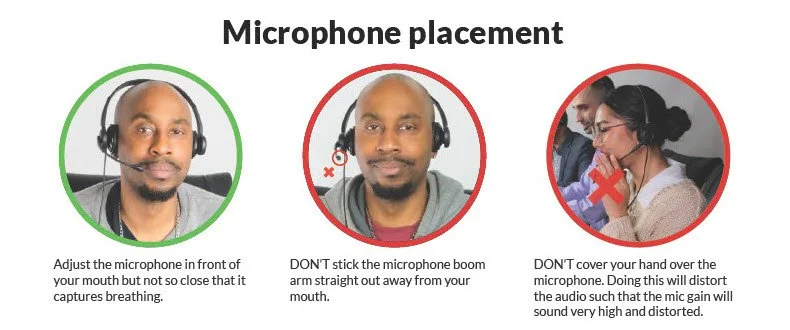
Mute When You’re Not Speaking – It’s a simple habit, but muting yourself when you are not talking keeps unexpected noise from interrupting the call. This is especially useful on group meetings or longer calls.
Choose a Headset That Matches Your Environment – If you work in a noisy area or share space with others, look for a headset with environmental or AI-based noise cancellation. Over-ear models with good padding can help block out sound naturally, while built-in noise filters take care of the rest.
Consider Software-Based Noise Filtering – Some meeting platforms like Microsoft Teams, Google Meet, Zoom, and Discord include basic background noise suppression settings. For more advanced filtering, standalone apps like Krisp or NVIDIA Broadcast use AI to remove background sounds in real time. These tools can be especially helpful when used alongside a quality headset.
Choosing the Right Headset Makes All the Difference
Once you've done what you can to quiet your space, the next step is making sure your headset is doing its job. A good headset doesn't just help you hear better. It helps the person on the other end hear you clearly, even when there’s noise around you.
Here are a few Cyber Acoustics headsets that are designed for the kinds of distractions most people face every day.
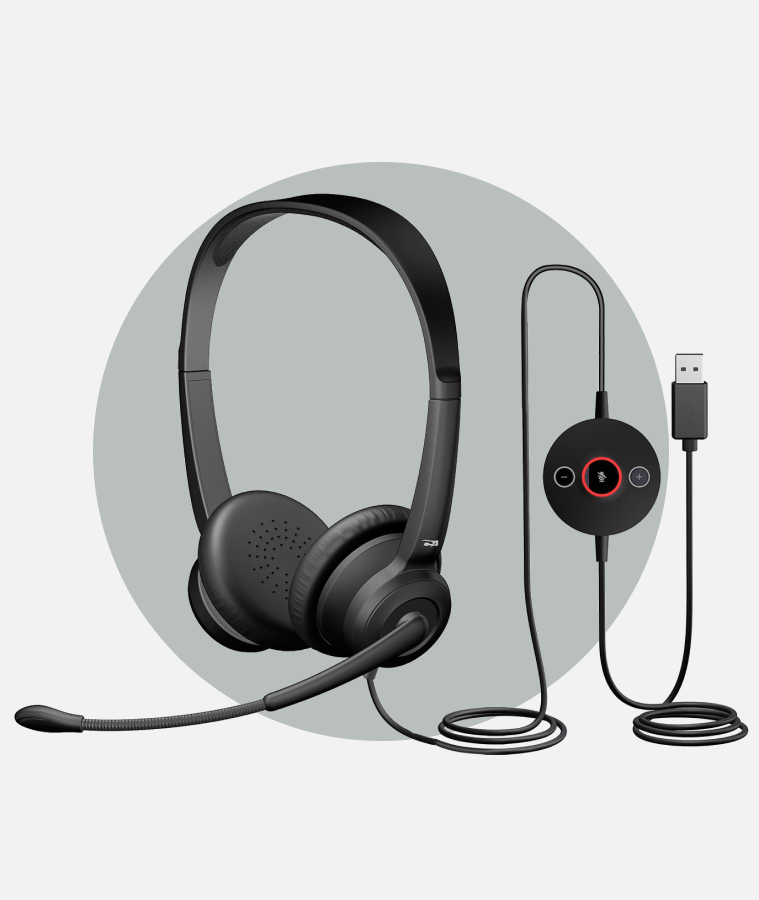 AC-204ENC II
AC-204ENC II
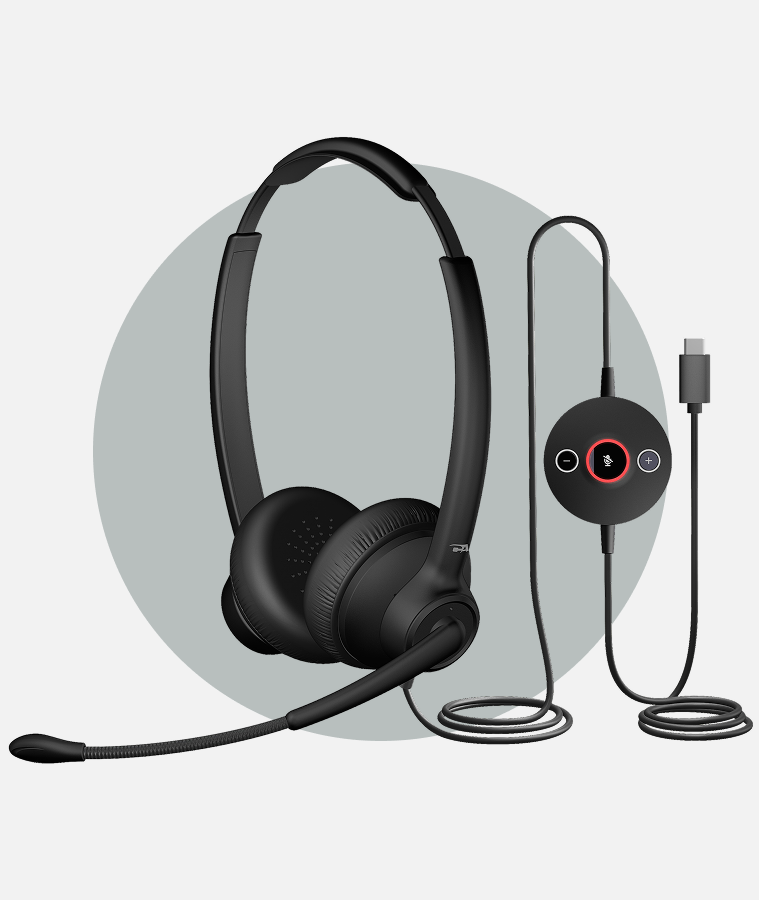 AC-304 & AC-304C
AC-304 & AC-304C
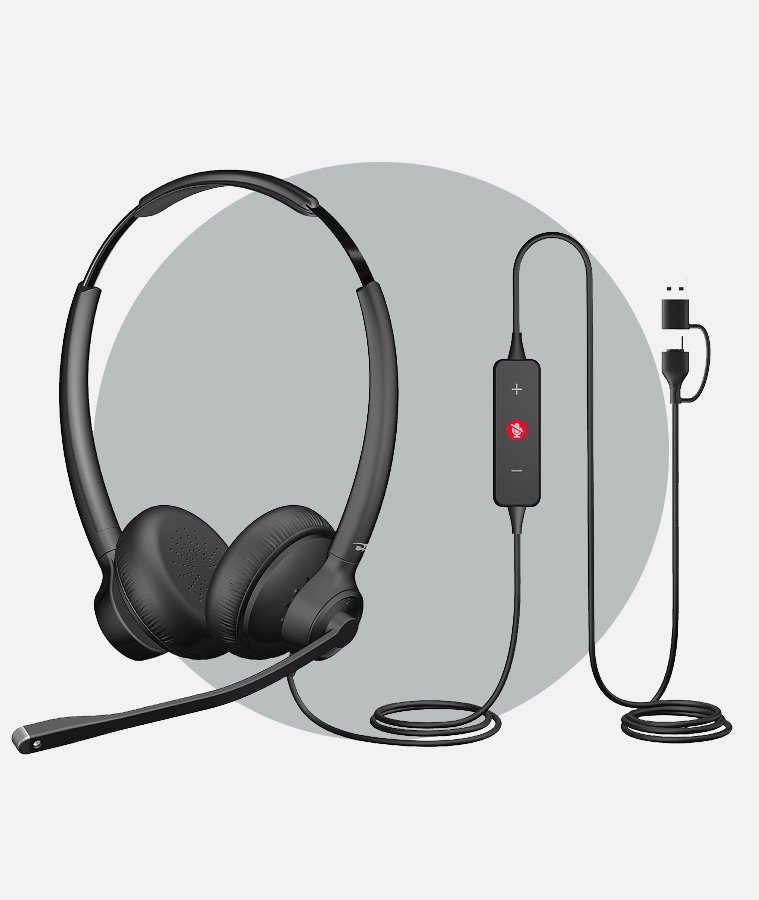 AC-404
AC-404
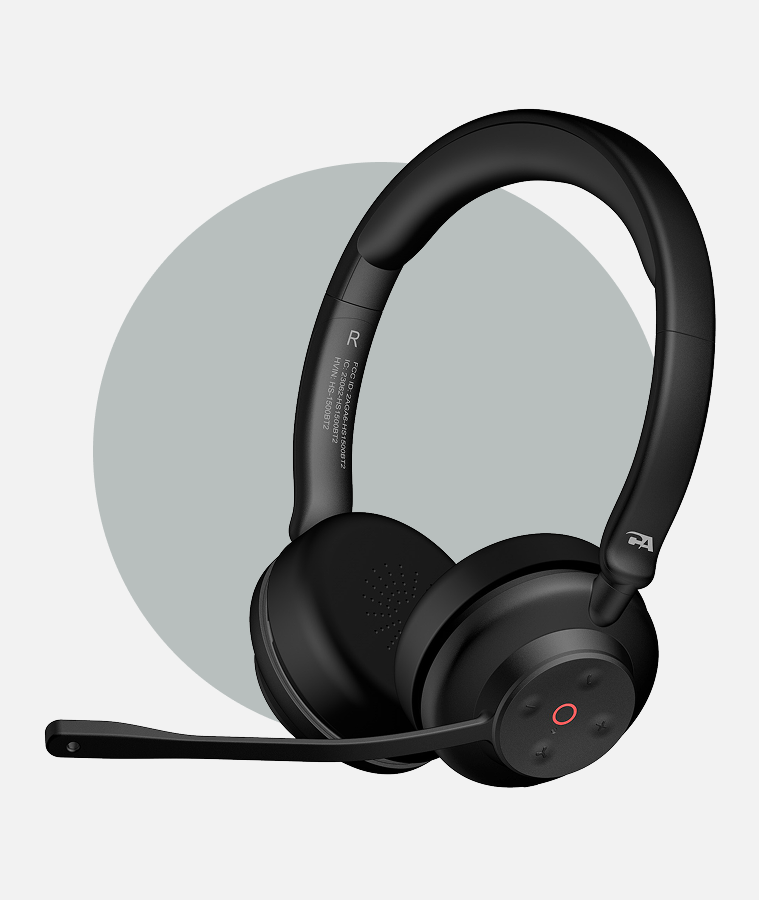 HS-1500BT II
HS-1500BT II
Want to hear the difference for yourself?
Try our interactive noise cancellation demo and see how Cyber Acoustics headsets block out background noise in real-world environments.
You can’t always control the noise around you, but you can control how you sound. The right headset can make every call more focused, more professional, and less stressful. Cyber Acoustics makes headsets that are built for real work in real-world environments. Choose the one that fits your space and let it handle the rest.
